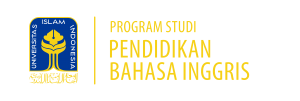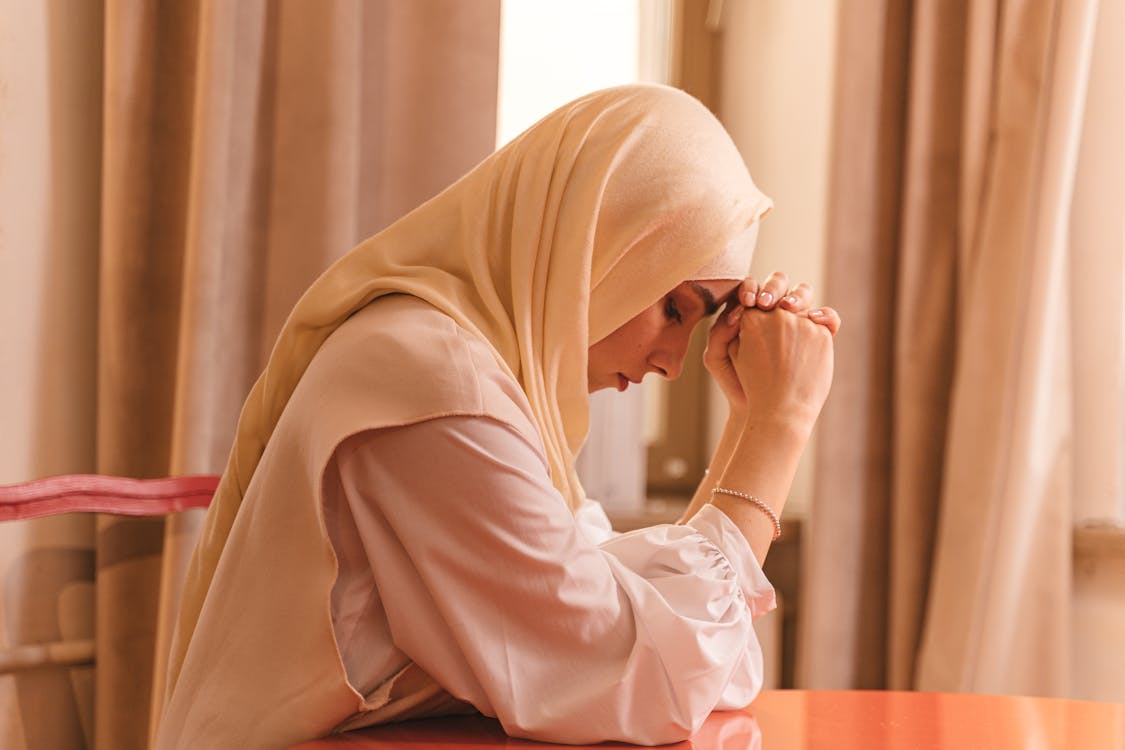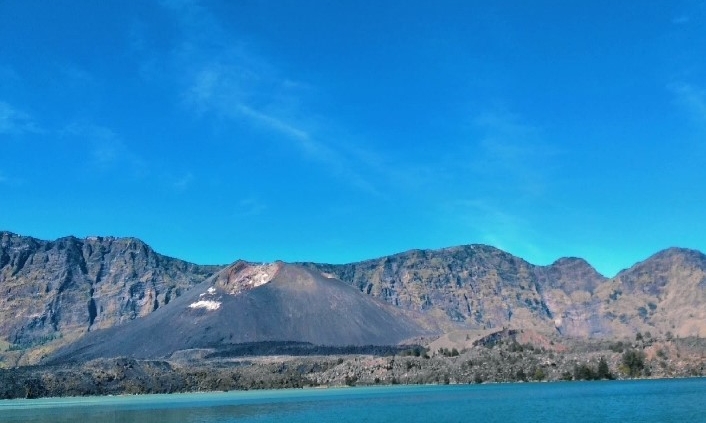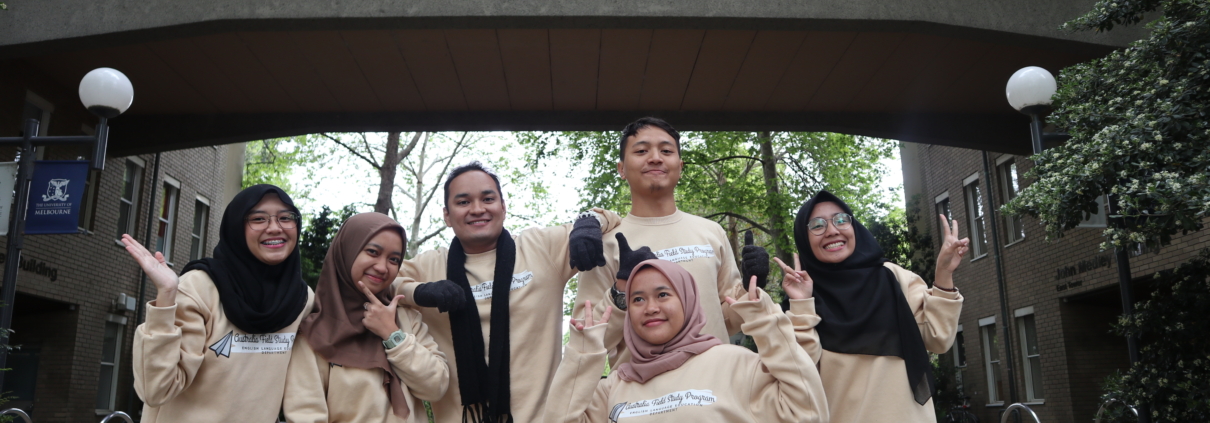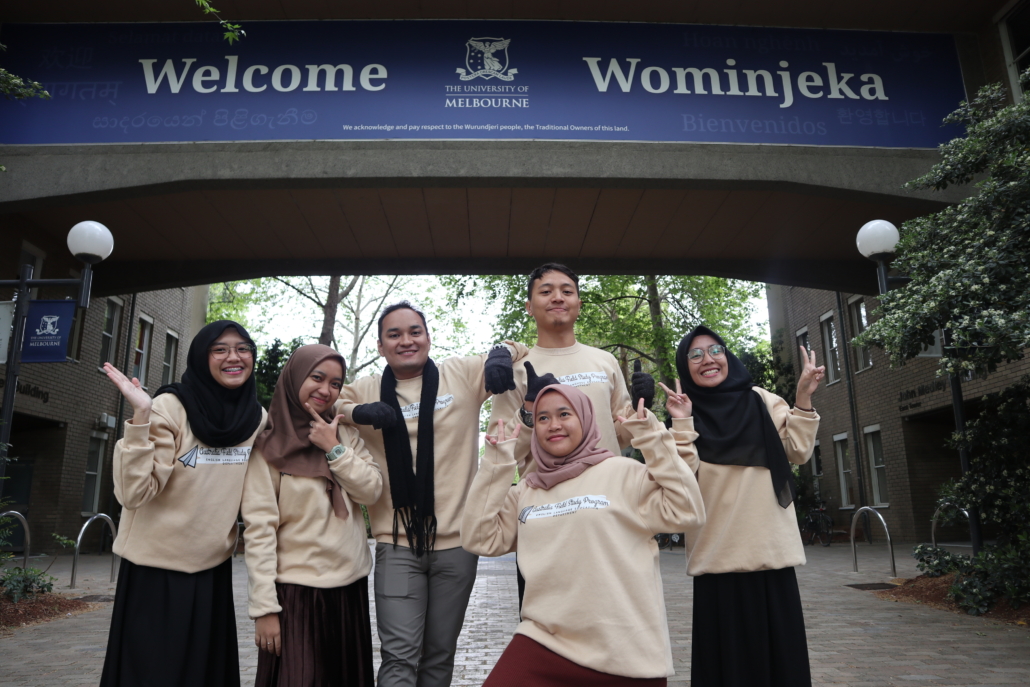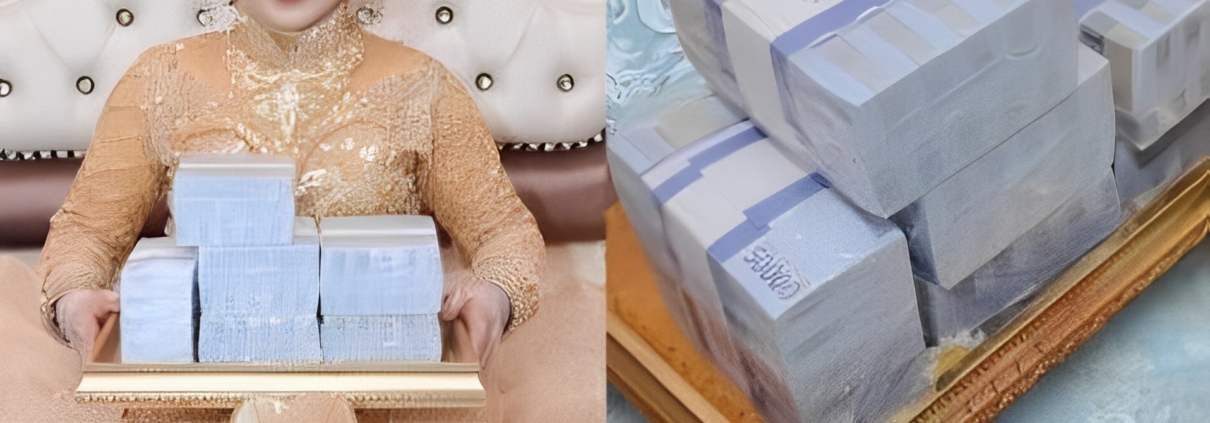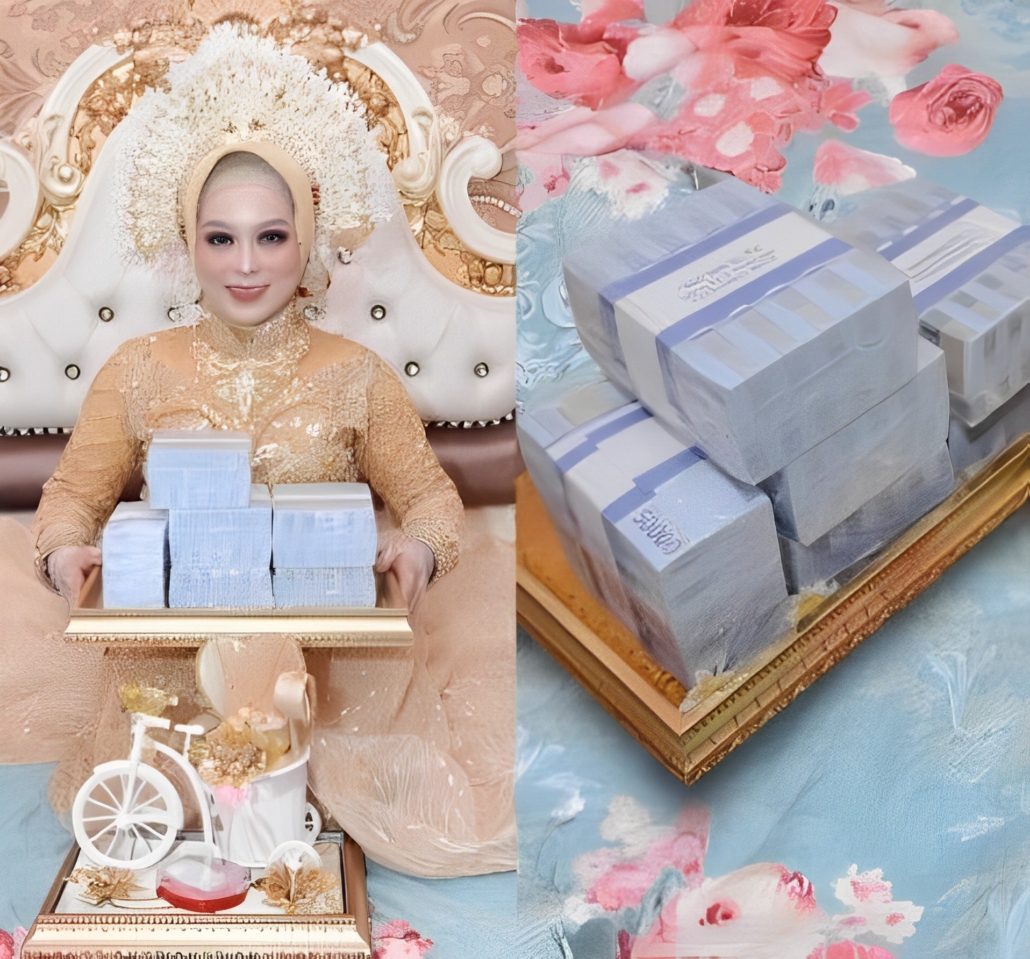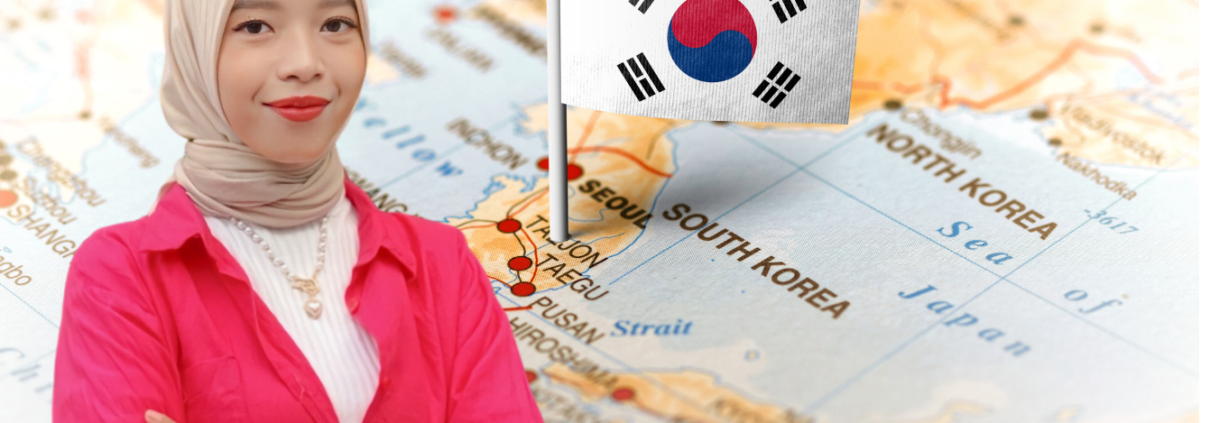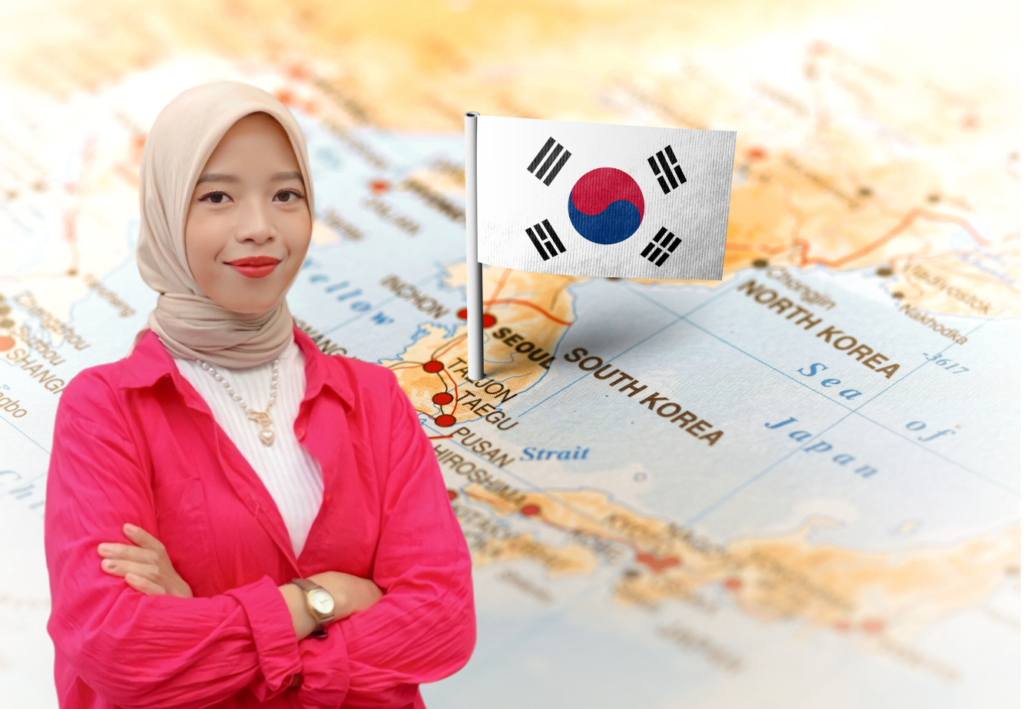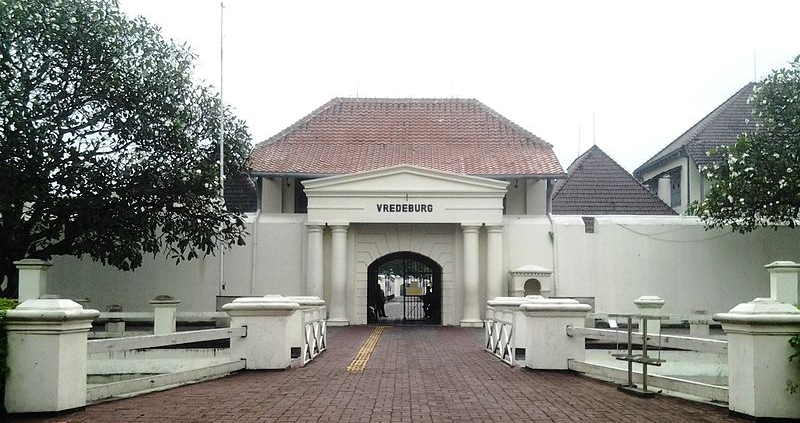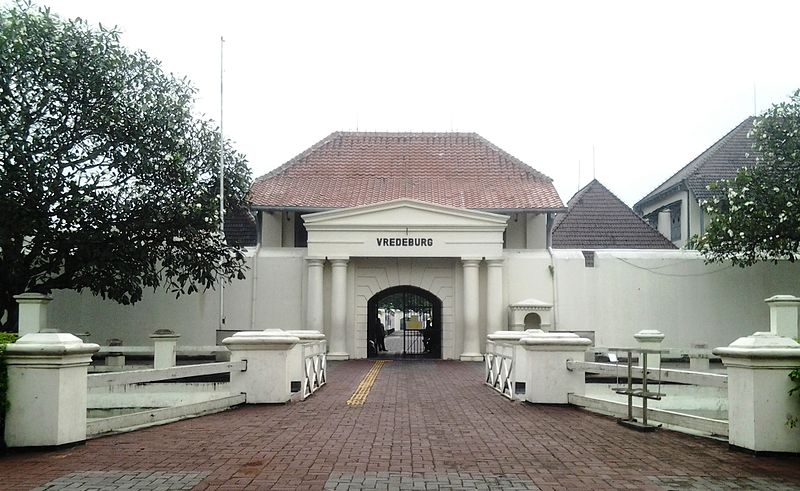The Virtues of Fasting and How to Make It Effective
By Adam Anshori
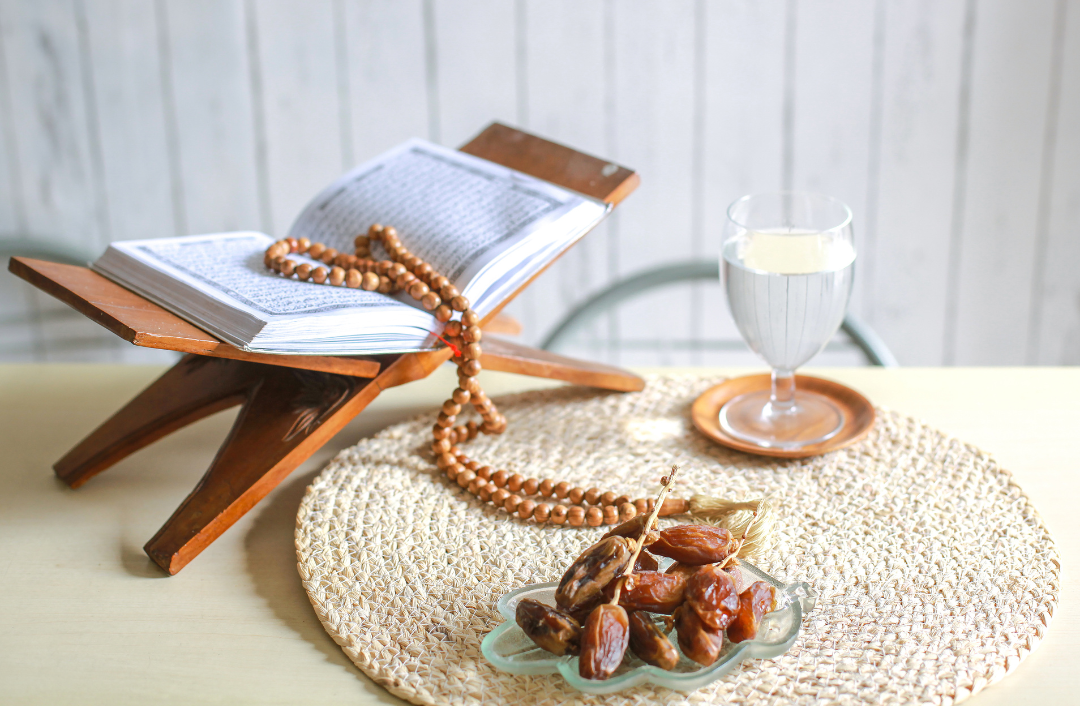
Illustration The Virtues of Fasting and How to Make It Effective
Fasting is much more than simply refraining from food and drink. It is a deeply transformative practice that nurtures self-discipline, patience, and spiritual awareness. As Allah says in the Qur’an:
يَا أَيُّهَا الَّذِينَ آمَنُوا كُتِبَ عَلَيْكُمُ الصِّيَامُ كَمَا كُتِبَ عَلَى الَّذِينَ مِنْ قَبْلِكُمْ لَعَلَّكُمْ تَتَّقُونَ
‘O you who have believed, decreed upon you is fasting as it was decreed upon those before you that you may become righteous.’ (Al-Baqarah 2:183).
For many, fasting serves as a means to strengthen personal character, allowing individuals to cultivate good habits and avoid negative behaviors. It trains the mind and body to resist temptations, making a person more conscious of their actions and thoughts.
Fasting is not just about physical endurance; it is also a journey of spiritual purification. The Prophet Muhammad (peace be upon him) emphasized the importance of patience in fasting, stating that “fasting is half of patience.” This highlights that fasting teaches individuals how to endure hardships and exercise self-restraint—qualities essential for personal growth and resilience in life. Furthermore, fasting leads to taqwa, or piety, which is considered the highest standard of virtue in Islam. As stated in the Qur’an, “Indeed, the most noble of you in the sight of Allah is the most righteous among you” (Surah Al-Hujurat: 13). This means that true success lies not in wealth or status but in one’s level of righteousness, which fasting helps to cultivate.
The practice of fasting can be understood on different levels. At the most basic level, it involves refraining from eating, drinking, and engaging in sexual relations. However, a more meaningful level of fasting requires a person to avoid all forms of sinful behavior, including negative speech, inappropriate gazes, and harmful actions. The highest and most refined form of fasting goes even further, requiring an individual to purify their thoughts and intentions, detaching themselves from worldly distractions and focusing entirely on their devotion to Allah.
How to Make Fasting More Effective and Efficient?
For fasting to be truly impactful, it must be practiced with the right mindset and approach. Many people focus only on avoiding food and drink, but fasting should go beyond physical abstinence. It should be a holistic experience that purifies both the body and soul. as the Qur’an reminds us:
وَنَفْسٍ وَمَا سَوَّاهَا (٧) فَأَلْهَمَهَا فُجُورَهَا وَتَقْوَاهَا (٨) قَدْ أَفْلَحَ مَن زَكَّاهَا (٩) وَقَدْ خَابَ مَن دَسَّاهَا (١٠)
And [by] the soul and He who proportioned it (7) And inspired it [with discernment of] its wickedness and its righteousness (8) He has succeeded who purifies it (9) And he has failed who corrupts it (10) (Ash-Shams 91:7-10)
Here are some ways to make fasting more effective and efficient:
- Setting the Right Intentions
The foundation of a meaningful fast begins with niyyah, or intention. Before starting the fast, one should remind themselves of the purpose behind it—to seek closeness to Allah, develop self-control, and improve their character. A sincere intention transforms fasting from a mere obligation into a spiritual journey.
- Controlling Desires Beyond Food and Drink
True fasting does not only mean avoiding eating and drinking but also requires control over other human desires. This includes restraining one’s gaze from looking at inappropriate things, refraining from speaking harmful words, and avoiding negative behaviors such as gossiping or lying. The Prophet Muhammad (peace be upon him) warned that if a person does not abandon false speech and evil actions, Allah has no need for them to abstain from food and drink. This means that fasting should be a complete act of self-discipline, encompassing thoughts, words, and actions.
- Practicing Mindfulness and Self-Reflection
Fasting provides a unique opportunity to slow down and reflect on one’s actions, thoughts, and emotions. It is a time to assess personal growth and areas that need improvement. Keeping a journal during fasting can be helpful to track emotions, spiritual progress, and new habits that develop during the fasting period.
- Maintaining a Balanced Diet for Sustained Energy
To make fasting sustainable and efficient, it is important to consume a balanced diet during suhoor (pre-dawn meal) and iftar (breaking of fast). Eating nutrient-rich foods such as fruits, vegetables, whole grains, and proteins helps maintain energy levels throughout the day. Hydration is also key drinking enough water between iftar and suhoor prevents dehydration and fatigue. Avoiding excessive sugary and fried foods can prevent sluggishness and ensure a more energetic and productive fasting experience.
- Engaging in Spiritual Acts of Worship
Fasting becomes more meaningful when combined with acts of worship such as prayer, reading the Qur’an, and performing good deeds. It is a time to strengthen the connection with Allah by engaging in dhikr (remembrance of Allah), making dua (supplication), and seeking forgiveness. Engaging in acts of charity and kindness also enhances the spiritual benefits of fasting, as it teaches empathy and selflessness.
- Managing Daily Activities Wisely
To maintain productivity while fasting, one should structure their day efficiently. It is advisable to plan tasks that require the most concentration and energy in the morning when the body is still refreshed from suhoor. Light physical activity, such as walking or stretching, can help maintain energy levels. Short naps or moments of rest can also help prevent burnout, especially for those with demanding schedules.
- Strengthening the Heart and Mind
The highest form of fasting goes beyond physical discipline and even moral restraint—it involves purifying the heart and mind. This means removing negative emotions such as anger, jealousy, and pride, and instead cultivating qualities such as patience, humility, and gratitude. A person who fasts at this level does not only control their outward actions but also refines their inner thoughts and intentions.
Fasting is a transformative experience when done with the right approach. It is not merely an obligation but a profound opportunity for self-improvement and spiritual connection. By setting sincere intentions, practicing self-control beyond food and drink, maintaining mindfulness, eating wisely, engaging in worship, managing daily tasks efficiently, and purifying the heart, one can make fasting truly effective and efficient. When approached with sincerity and discipline, fasting can become a powerful tool for personal growth, self-discovery, and closeness to Allah.
